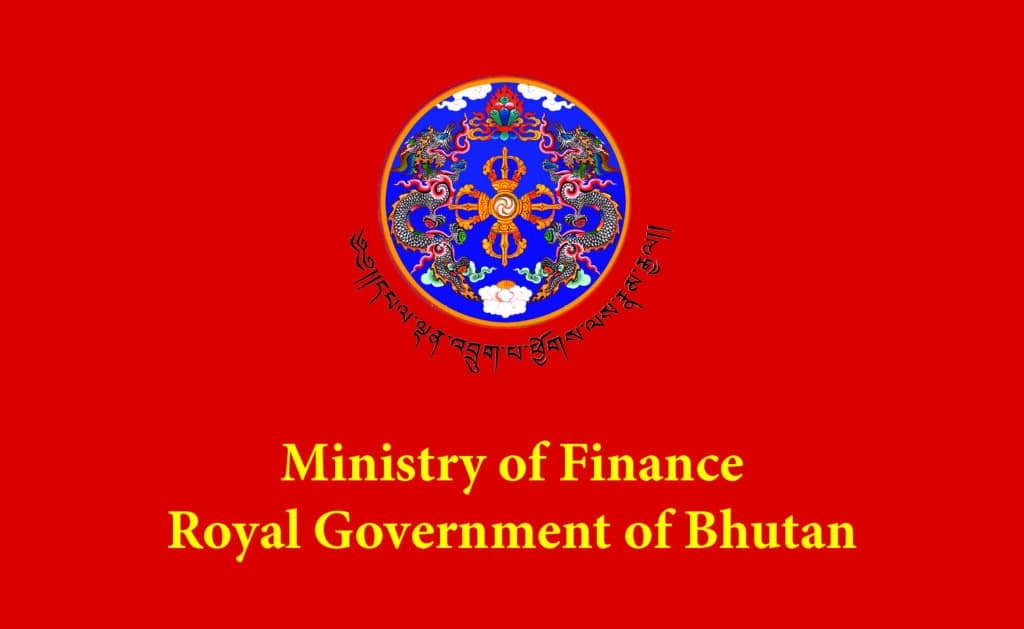Cross border trade between Bhutan and India has been an ancient practice. It has burgeoned today to an extent where Bhutan’s trade with India constitutes almost 90% in terms of import and export. India still continues to be Bhutan’s major trading partner.
However, trading at the border doesn’t happen as easy as one would imagine. The communication gap between the government and implementers, according to the traders and stakeholders, is the major hurdle for smooth operation of trade and businesses.
The incidence of harassment along the Indian highways is another concern to transporters and travelers for better trade. As most of the goods are transported using Indian roads, some say that it has created unwelcomed havocs.
Truckers and transporters use the Indian roads to transport goods to and from third countries like Bangladesh and Nepal. Boulders and seasonal fruits like apple and mandarin top the list of exports to Bangladesh where they are transported using Indian routes.
Truckers Committee of Bhutan’s Chairman BB Tamang said numerous complaints are being received from the Bhutanese drivers while driving along the highways.
“Such issues need to be addressed at the governmental level to boost free trade and transit for both the countries,” he said. The cases of battery along the Indian highways and Bangladesh go unnoticed most often.
A truck driver, Binod, who ferries boulders to Bangladesh, admitted to being harassed on the roads while he was heading to Bangladesh.
“We have to pay thousands along the ways to the locals. It’s risky,” Binod said.
Bhutanese truckers and other vehicles also use the Indian roads to transport goods to Bhutan in border towns such as Phuentsholing, Gelephu, Samtse and Samdrup Jongkhar. They reiterate that harassment along the highways is a concern.
According to BB Tamang, since the goods are on its way to Bhutan, it’s unnecessary to stop them once to ensure that it’s checked at the gate.
Officials from the Road Transport and Safety Authority (RSTA) say that the free trade agreement signed between the two governments have not reached to the implementers at the ground level. The lack of communication between the government and the implementers is considered as one of the challenges hindering cross border trade and transport.
“Most of the officials at the ground level are unaware of such agreements,” a RTSA official said.
And with different rules in different states confusing people transporting goods, the RSTA official added having knowledge on the bilateral trade would ease trading business in every state where Bhutanese uses Indian roads.
Similarly, Bhutanese industries have also met similar fates while dealing with the Indian dealers. Most of the Bhutanese manufactured products are exported to India and the raw materials are also imported from there. Post Goods and Service Tax (GST) implementation in India, the Bhutanese industries have faced numerous hassles in exporting to India. The lack of proper facilities at land customs office in Jaigaon in India has stranded many vehicles ferrying goods to and from India.
Also, there have been problems when the Indian counterparts have denied receiving payments in Indian Rupee (INR) from the Bhutanese importers post GST regime, citing that GST rule demands for payment in convertible currencies from export from India.
“But since the two countries have already agreed to receive payment on INR, the issue was later resolved after referring the treaties. The parties have accepted the payments in INR after that. There lacks communication among the government and implementers. The rules need to be known to the implementers,” ABI’s representative Pema Namgay Ghalley said.
According to the stakeholders, if the term and conditions of the recently signed agreement are made known to the implementers and follow accordingly, trade and commerce between the neighboring nations are expected to further boost.
Also, the safety of travelers along the Indian highways, according to traders, has discouraged travelers. They are instead looking forward and hoping for the completion of southern highways within Bhutan. The incidences of burning Bhutanese vehicles along the Assam highways and frequent strikes have deterred travelers.
“We would love to see the southern belts connect as we can travel safe. Travelling through Indian highways always makes family members worry at home until we reach our destination,” Sonam Wangchuk in Phuentsholing said. “Recently, the Amochhu bridge opening has connected Samtse to the Bhutanese road network. Otherwise, people used Indian highway.”
Meanwhile, these challenges were highlighted during the one-day stakeholders workshop organized by Bhutan Media and Communications Institute while discussing ways to improve lives of people involved in trade and transport, benefits from regional connectivity, and ways to improve women’s participation in trade and transport.
Krishna Ghalley from Phuentsholing













